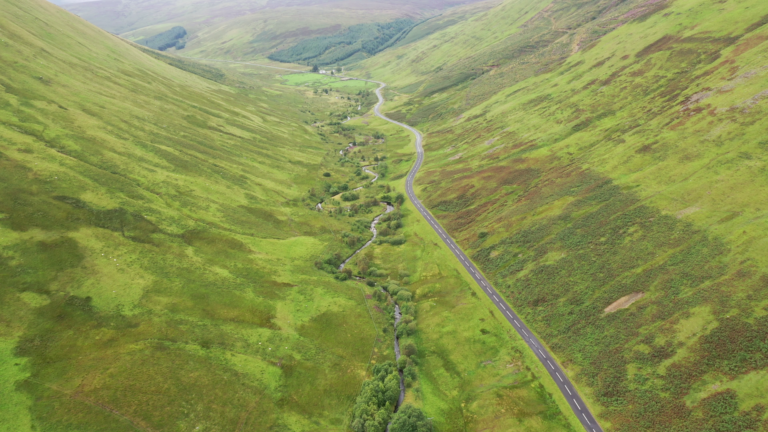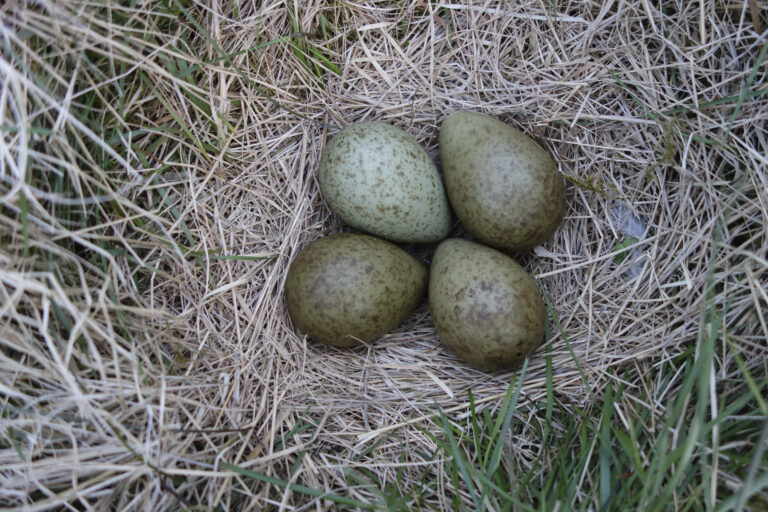By Dr Joanna Cloy, soil scientist and senior project manager, Fidra
While we wait for the upcoming Agriculture Bill, expected Autumn 2023, let’s consider the often forgotten but intrinsically linked network of life in the soil. Research has estimated that in excess of a quarter of all species on Earth exist in soils. Ranging from tiny bacteria to large burrowing earthworms, this ‘underground livestock’ needs to remain biodiverse. Organic-rich healthy biodiverse soils will support crop productivity and provide more beneficial exchange of greenhouse gases.
Ways of protecting life in agricultural soils include management practices that maintain or boost soil organic matter. The use of no-till and diverse cover crops keep living roots in the soil year-round and crop rotations that include grass and nitrogen fixing clover leys build up soil organic matter and fertility.
Nutrient management using long-term manure applications also boost organic matter and increase the abundance of beneficial organisms, whilst making good use of resources. Organic fertilisers can also help improve the structure of the soil for optimal root growth and drainage and can improve crop vigour and yields. Research has shown that management practices such as these that safeguard soil health will also reduce the risks associated with diffuse nitrogen and phosphorus pollution.
It should be acknowledged, however, that organic waste-derived fertilisers such as treated sewage sludge (or biosolids), containing a cocktail of hidden pollutants such as microplastics and the forever chemicals ‘PFAS’, can be detrimental to soil biodiversity and the environment. Avoiding the contamination of agricultural soils and the environment is a ‘nature positive’ measure to protect soil health and the production of high-quality uncontaminated food. If we truly value Scotland’s soils, land managers must be encouraged to maintain or boost organic matter and soil health by feeding their ‘underground livestock’ through the application of high-quality uncontaminated organic materials.
Targeted funding is essential for encouraging Scottish farmers and crofters to restore nature through cutting emissions and enhancing biodiversity. Establishing baseline soil health and nutrient status enables sound management decisions that could reduce future inputs costs and improve farm business efficiency whilst benefiting the environment.
Practical guidance from SRUC (Scotland’s Rural College) encourages farmers to test the soil pH and nutrient status of their fields as testing is a vital first step toward successful soil nutrient management. The current National Test Programme provides essential funding for carbon and biodiversity audits and effective nutrient budgeting as well as access to support from qualified farm advisors.
The Scottish Government’s Vision for Agriculture and upcoming Agriculture Bill must take a holistic joined up approach to enable effective connections with the Natural Environment and Circular Economy Bills. Soils could be described as our greatest national wealth and now is the time to assess and maintain the health of those soils for sustained production.
Nature-based solutions that protect and restore ecosystems are often called upon as effective ways to tackle the challenges faced by society, such as climate change. As mentioned in a blog by the Soil Association, the role of organic farming and high nature value farming systems are critical. Farmers play a key role in future-proofing soil health and high-quality sustainable food production. As custodians of the land, they can help find positive pragmatic solutions for the future, reversing biodiversity declines resulting from poor management practices that damage and contaminate Scotland’s soils.
To find out more, please visit Fidra’s new sewage free soils website and a report on the application of sewage sludge to agricultural land recently published by Scottish Environment Link.
Join the Farm for Scotland’s Future campaign alongside charities, members of Scottish Environment LINK and farmers’ groups seeking positive changes for nature, climate and people.
Disclaimer: The opinions expressed in this blog are the author’s and do not necessarily represent the views of all the organisations backing the Farm for Scotland’s Future campaign.




